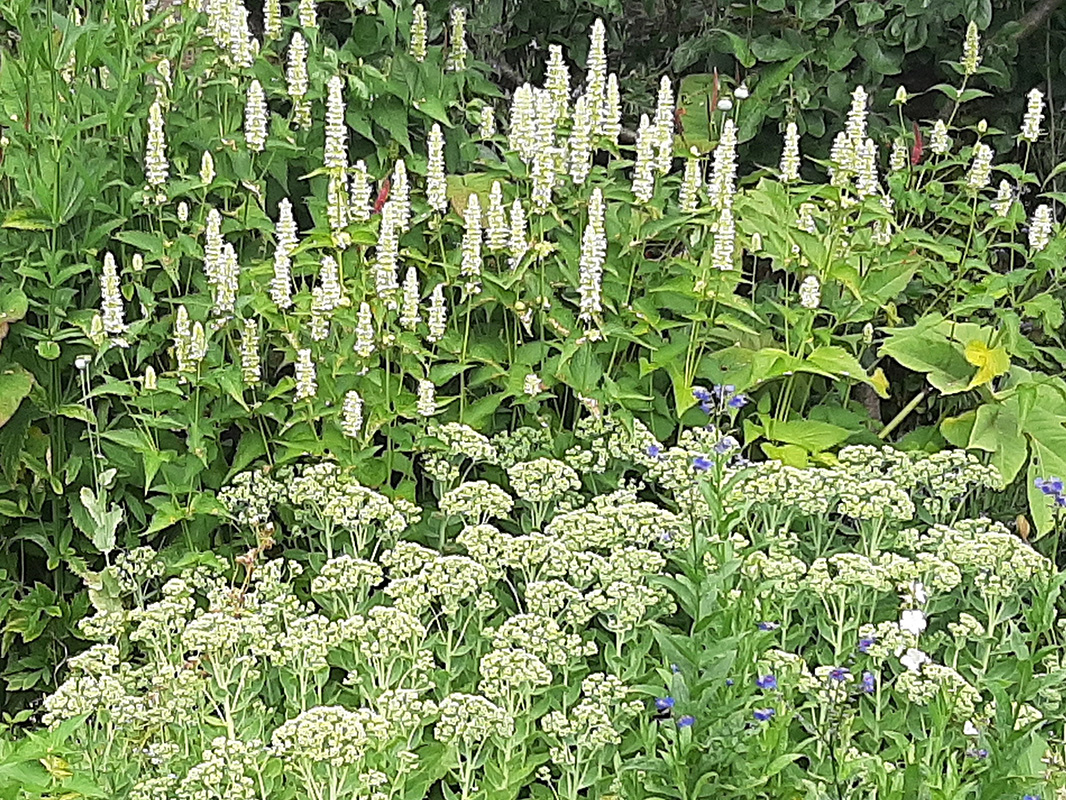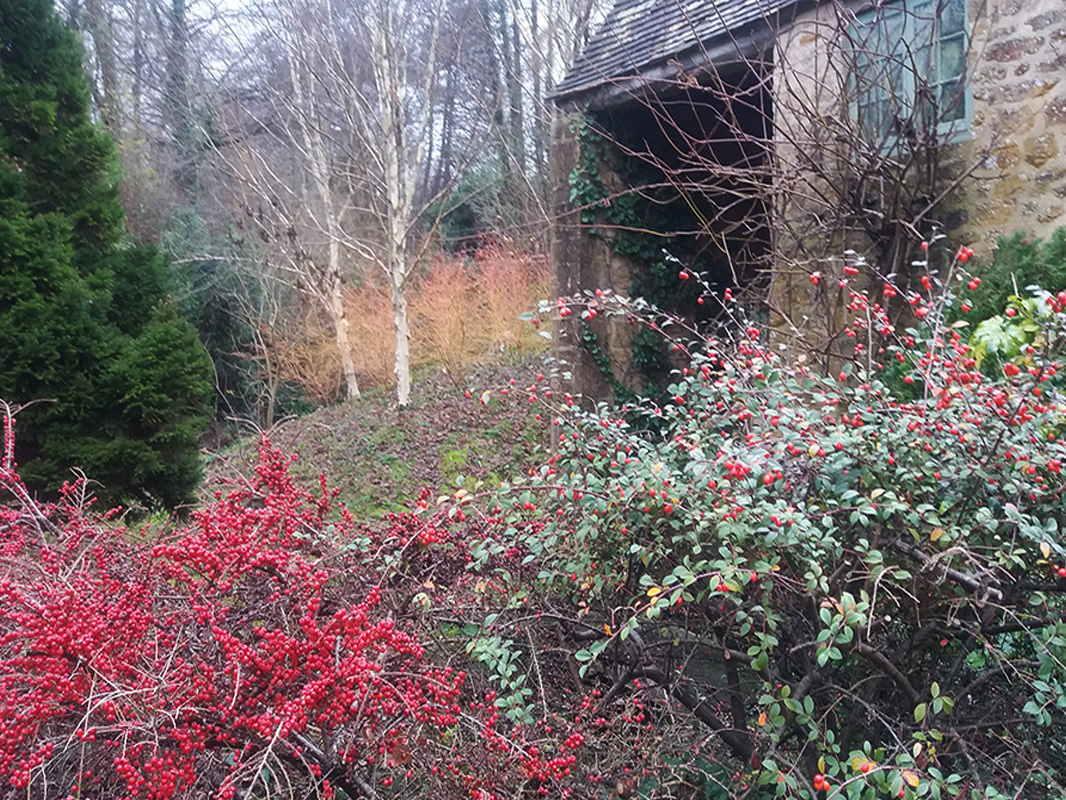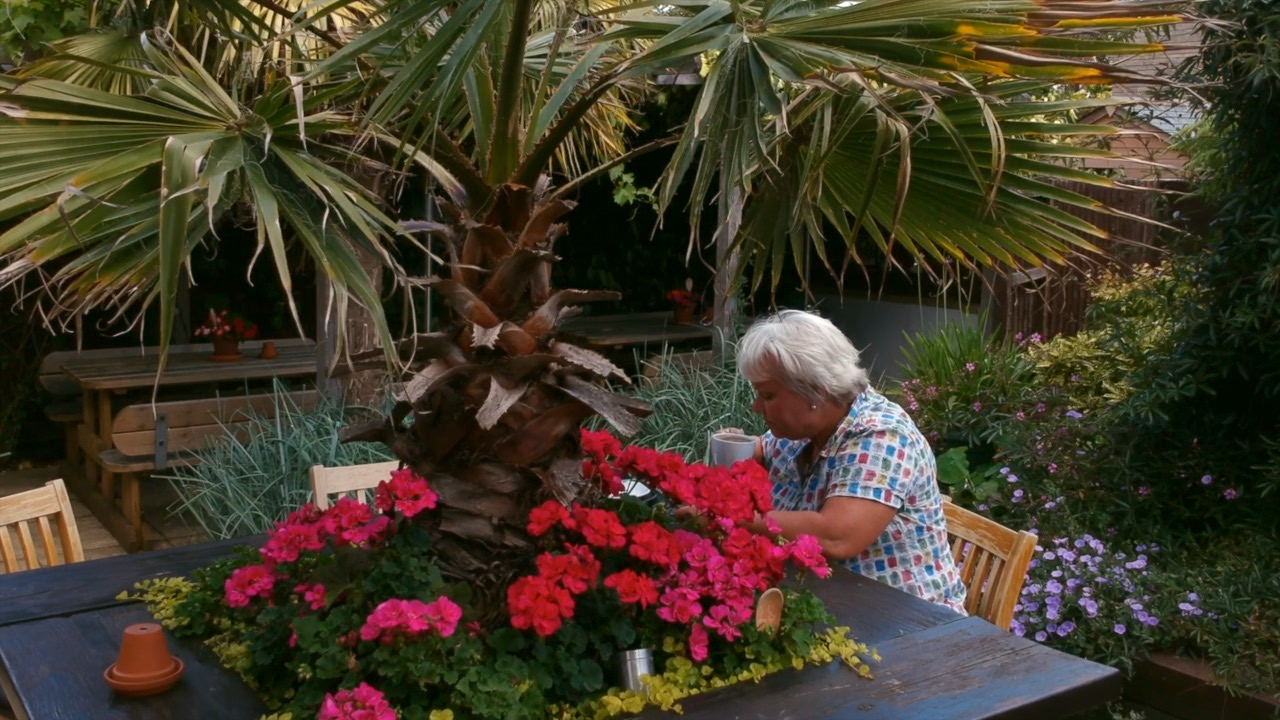The guide to essential herbs
When I look into the food bank donation bin at the supermarket, I mostly see bags of rice and pasta and the odd tin of tuna. I sometimes donate dry herbs and garlic to enliven a plain diet with lots of taste. I have always grown herbs. My favourite student dish was pasta with butter, olive, gently fried garlic, with handfuls of fresh herbs, salt and black pepper, and if I had just received my student grant, some ham and parmesan chucked on top. It was dead cheap, truly fast food and ready in less than 10 minutes.
Cooking herbs can be roughly divided into three groups – woody, herbaceous and annuals.
The woody herbs are mostly evergreen and form the backbone of any year round herb garden, requiring full sun and good drainage to do well. The first I would plant would be rosemary and thyme.
Sage is wonderful with pork and liver. Grow winter savory, which has a wonderful affinity with beans. Bay is unhappy in a pot after a few years, and grows in the ground to 20 feet, so I have found it a better policy to beg a branch from my cousin once a year. Dry the whole branch under the sofa cushions for a week and the leaves will dry flat and pack neatly into a jar.
The deciduous herbs are perennial and die back to the ground in winter, and it is with this group that a plan for a sweet little herb garden starts to unravel. Lovage, a wild celery, lovely in risottos, grows over 6 feet tall. Fennel, good with fish, also grows to 6 feet and seeds everywhere. French sorrel will make a clump a metre high and wide. Oreganos and marjorams also self-seed and none of this group will die back elegantly. Tarragon is sometimes killed by the hardest frost, but well worth growing – the French, not the Russian version, which has a poorer flavour. Chicken thighs gently braised in white wine and tarragon and finished with a little crème fraiche makes a classic French poulet a l’estragon – divine!
It is best to grow these plants as part of a large border, and in the case of fennel, lovage and horseradish, banished beyond the garden gate. Do not grow mints in your borders or you will rue the day as they will spread madly underground. Grow them in large pots in semi-shade, keep them moist, and replant pieces in fresh compost every other year. Peppermint, spearmint and applemint are the most useful. Cut chives down in June and September and fresh chives will grow anew, unencumbered by old tired rusted growth.
Annual herbs need sowing every April. They are soft in texture and so most enjoyable as additions to salads and as garnishes. My first choice is always parsley, both flat and curled. It will survive the winter, being strictly biennial, but the flavour grows rank when it flowers so it is treated like an annual. Dill is wonderful with fish, coriander with curries, and basil with all things Mediterranean, although all three of these run to seed fairly quickly, so monthly sowings from April to July are a good idea if you have room. Chervil overwinters well.
One of my favourite treats in summer is omelette aux fines herbs, made with 3 of my neighbour’s hens’ fresh eggs and a tablespoonful of chopped equal quantities of parsley, chervil, chives and one chopped sprig of tarragon, fried in a knob of butter and seasoned with a little salt. If you have only one of these herbs it will still be utterly delicious and made in three minutes, healthy and far nicer anything you could buy, whether from a fast food joint or the finest restaurant.
So if you find yourself in straitened circumstances and requiring the help of a foodbank, do spend your last pound on a pot of herbs at a car boot sale. Instead of plotting a campaign against the vile creature who reduced you to this state, calm down and cook a simple and fragrant herby dish, (see above) and remember the words of poet George Herbert.
“Living well is the best revenge.”



